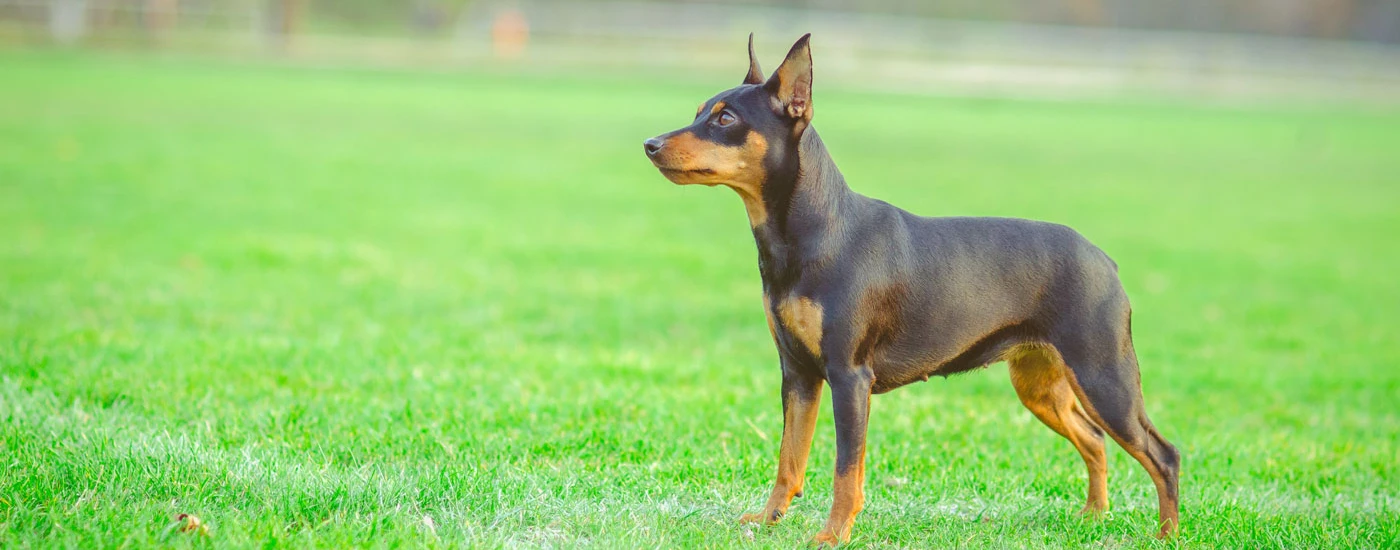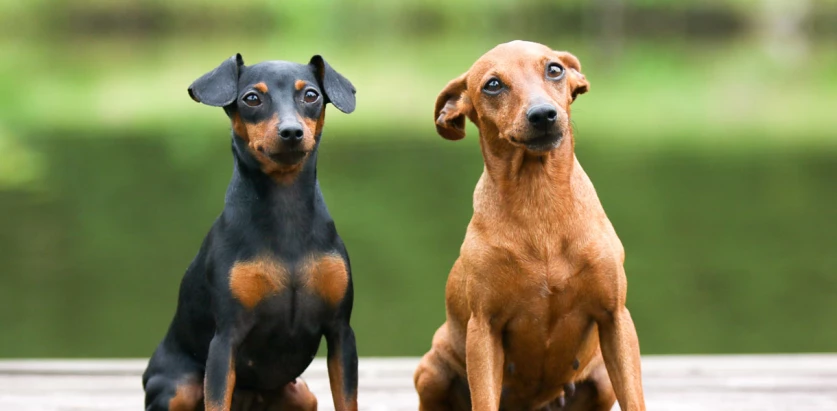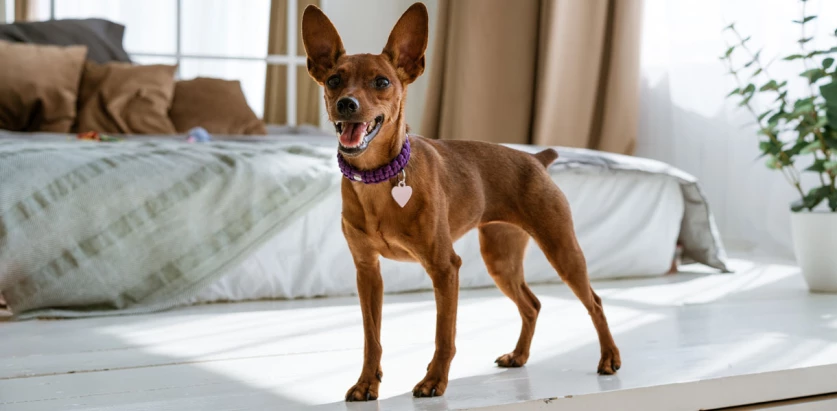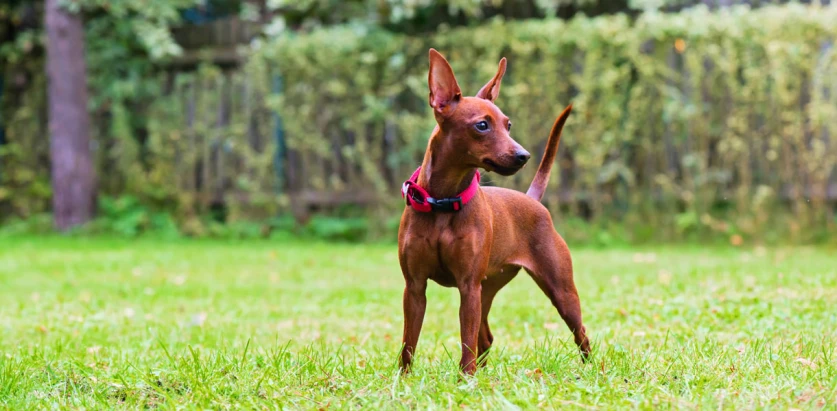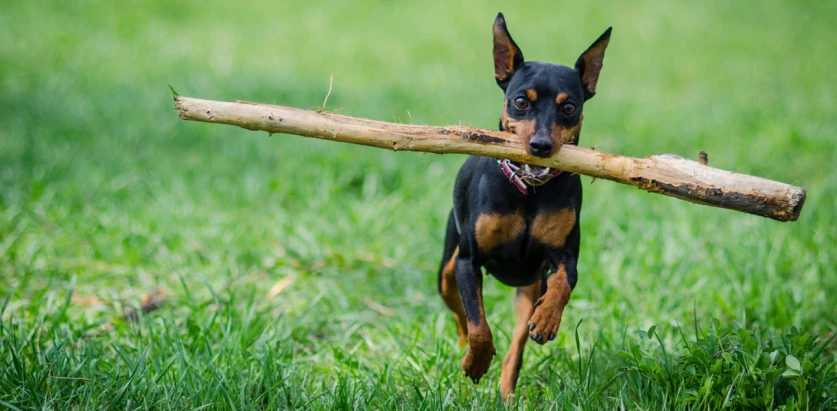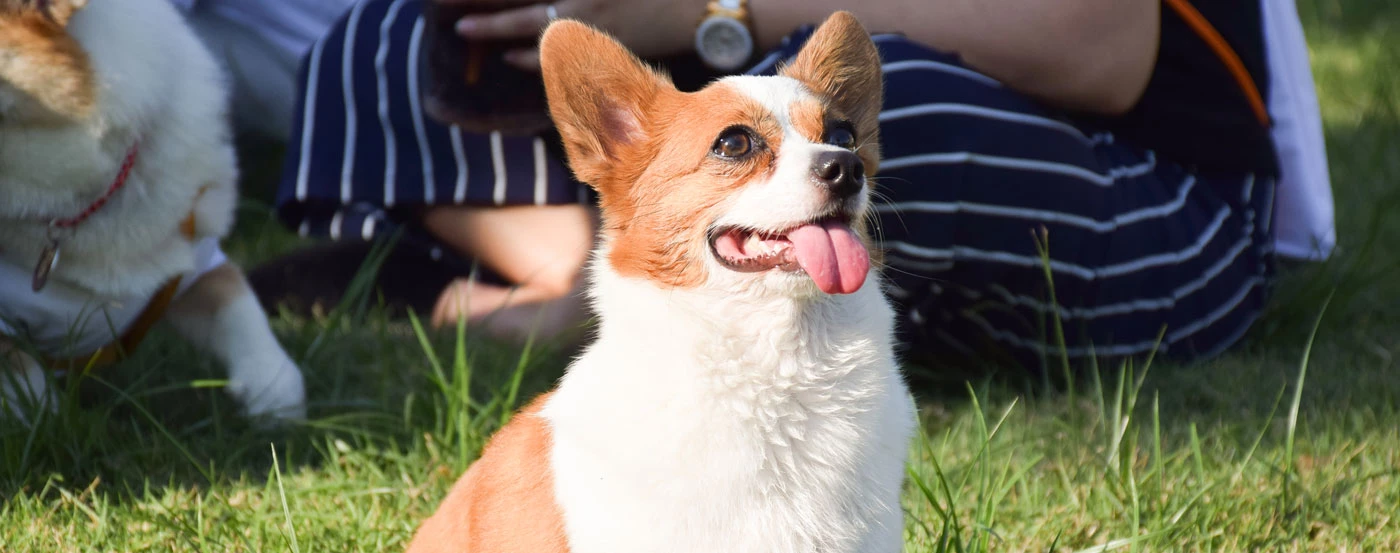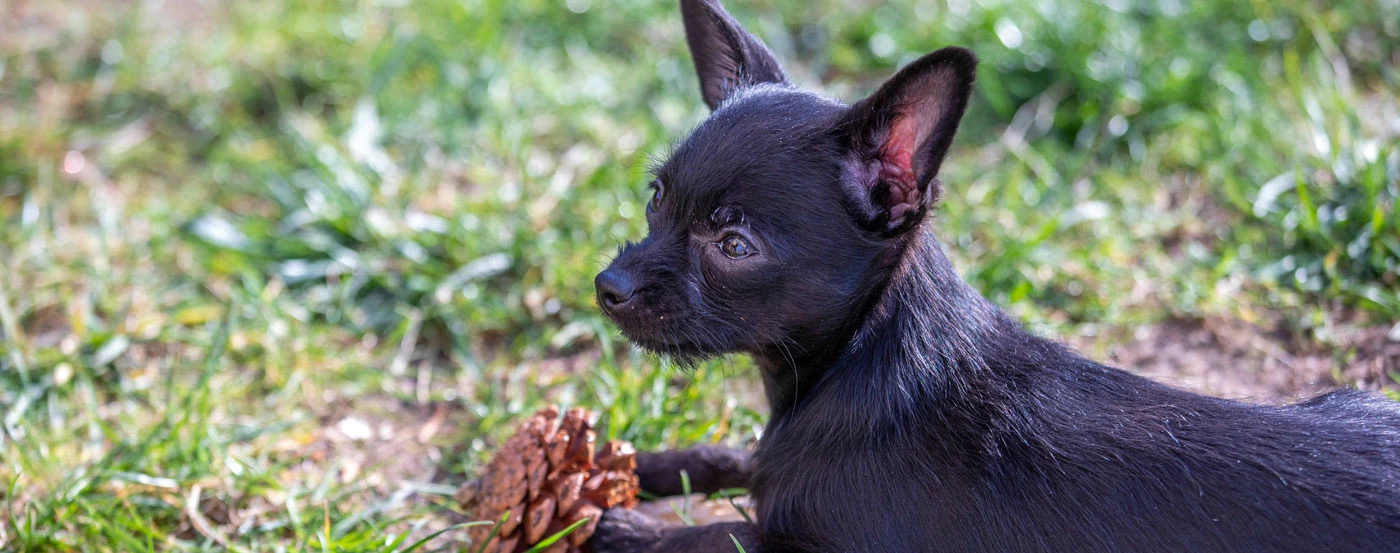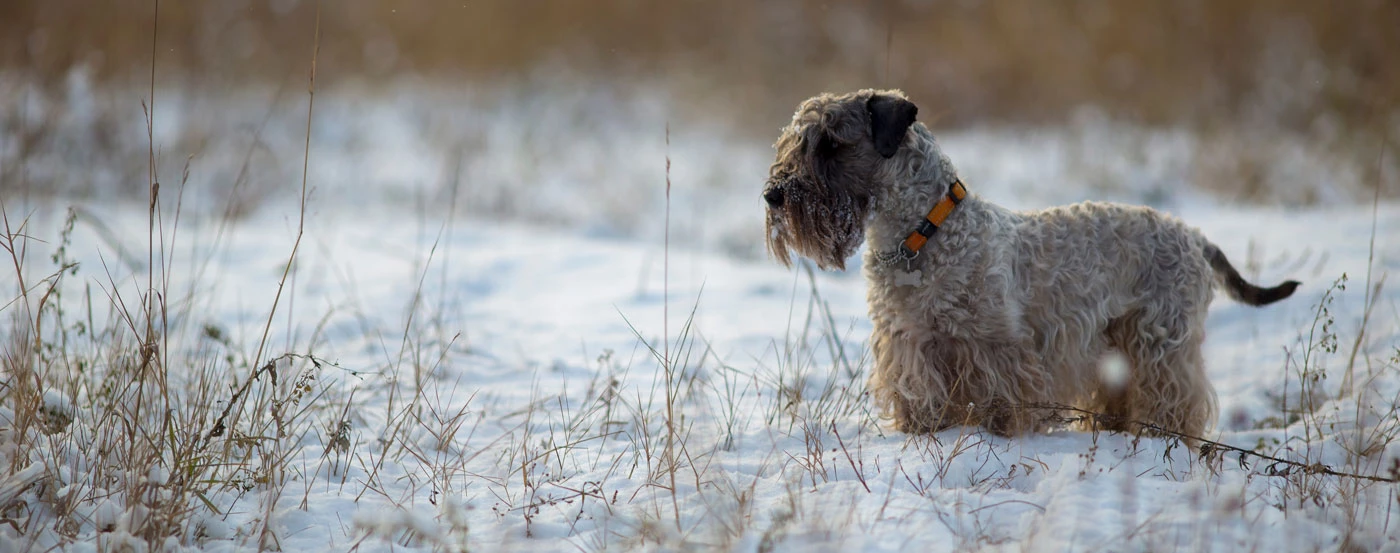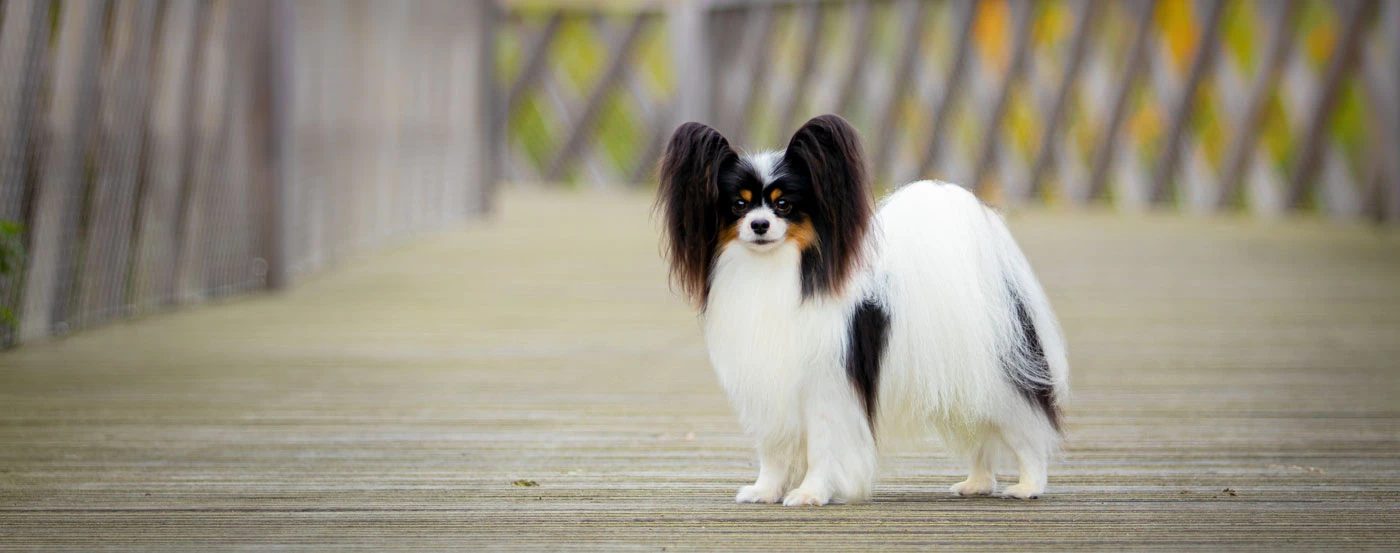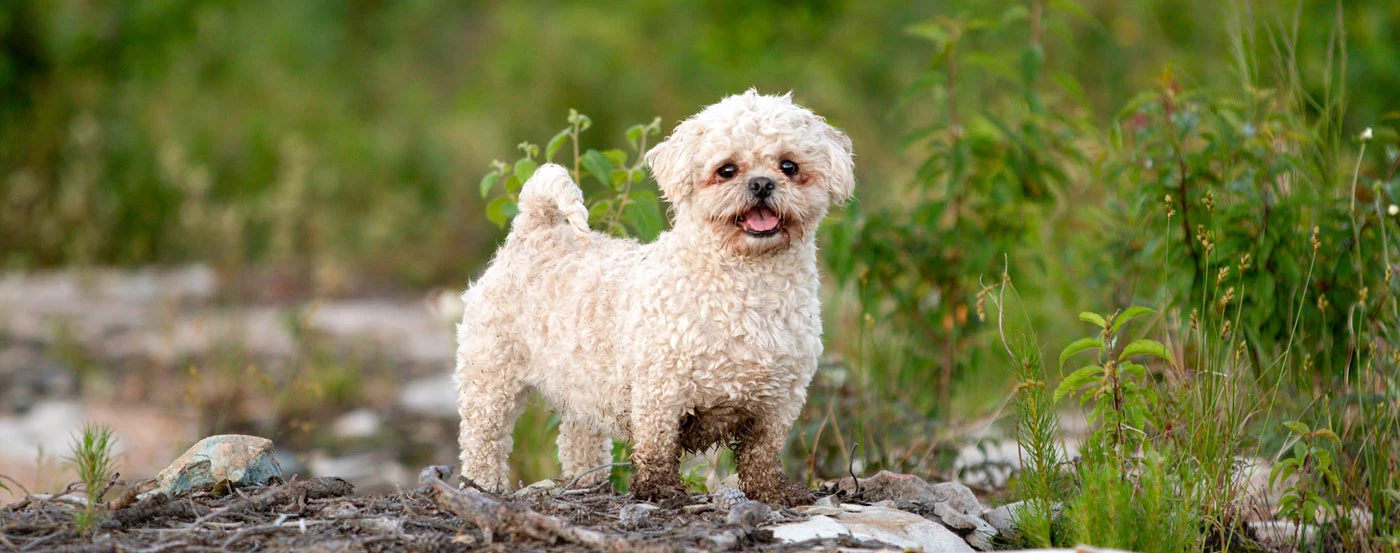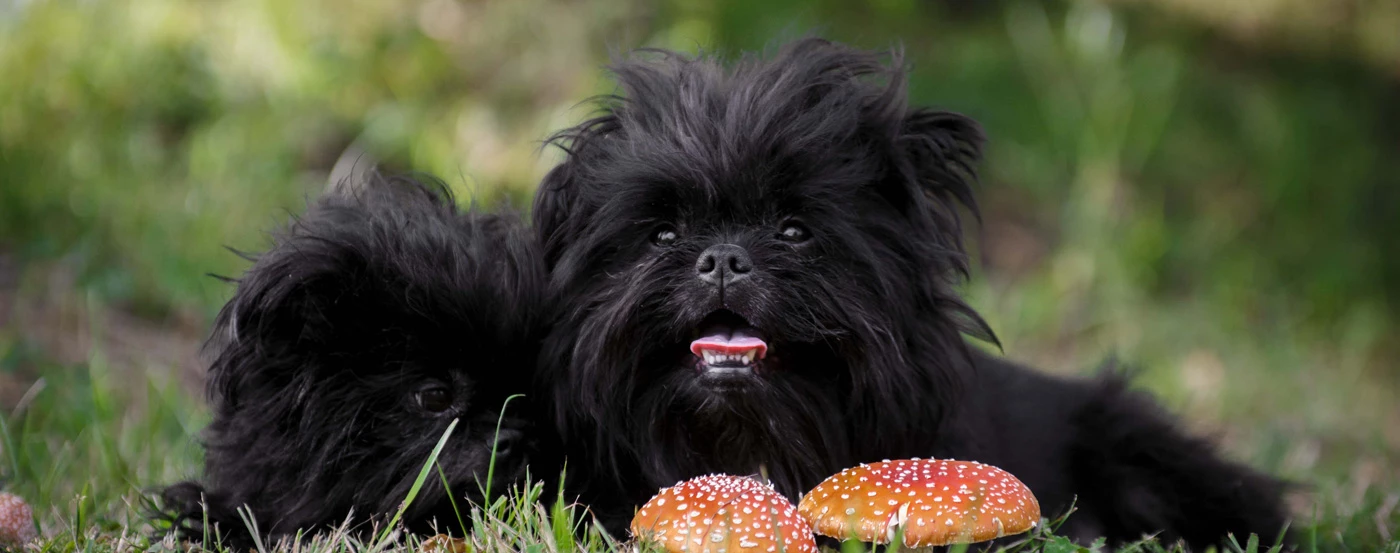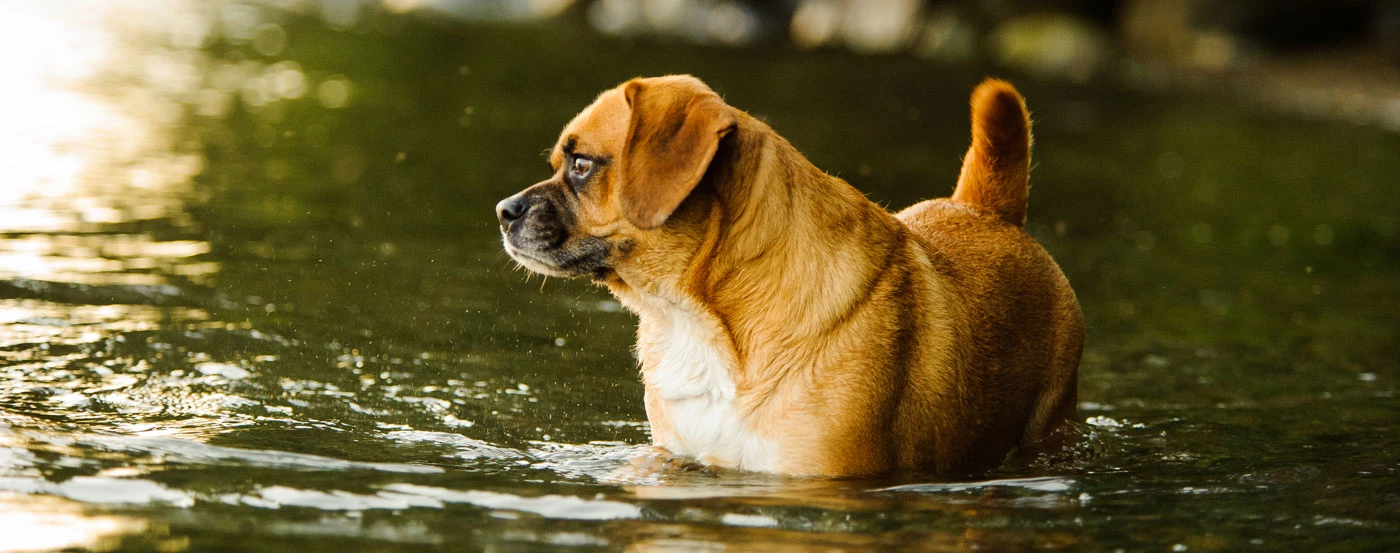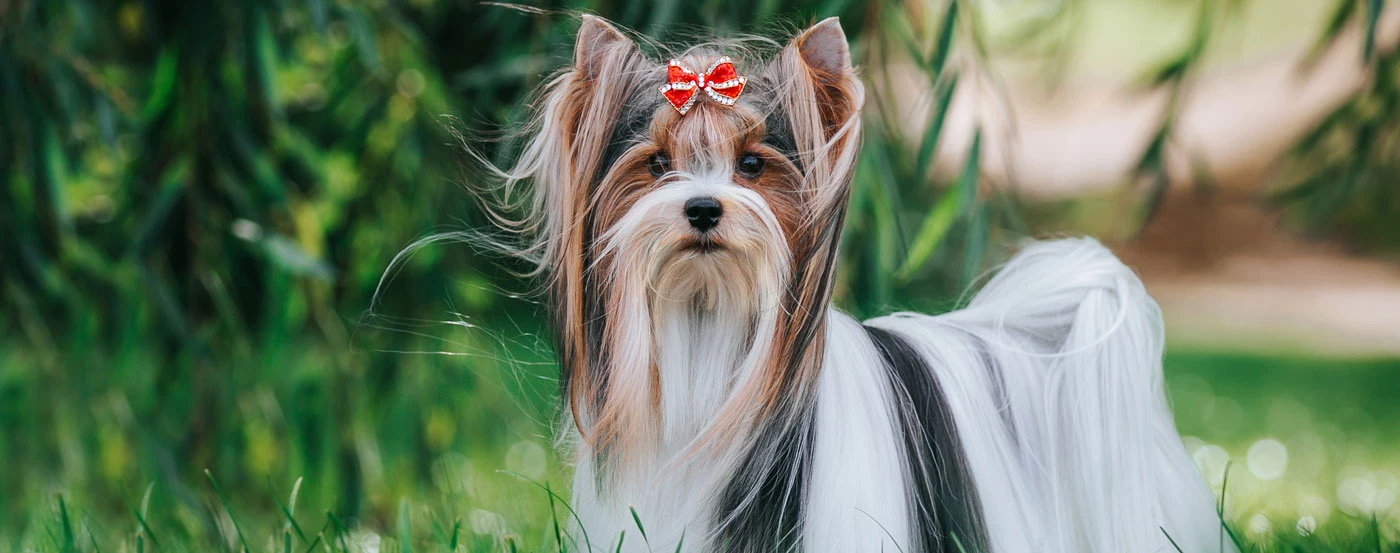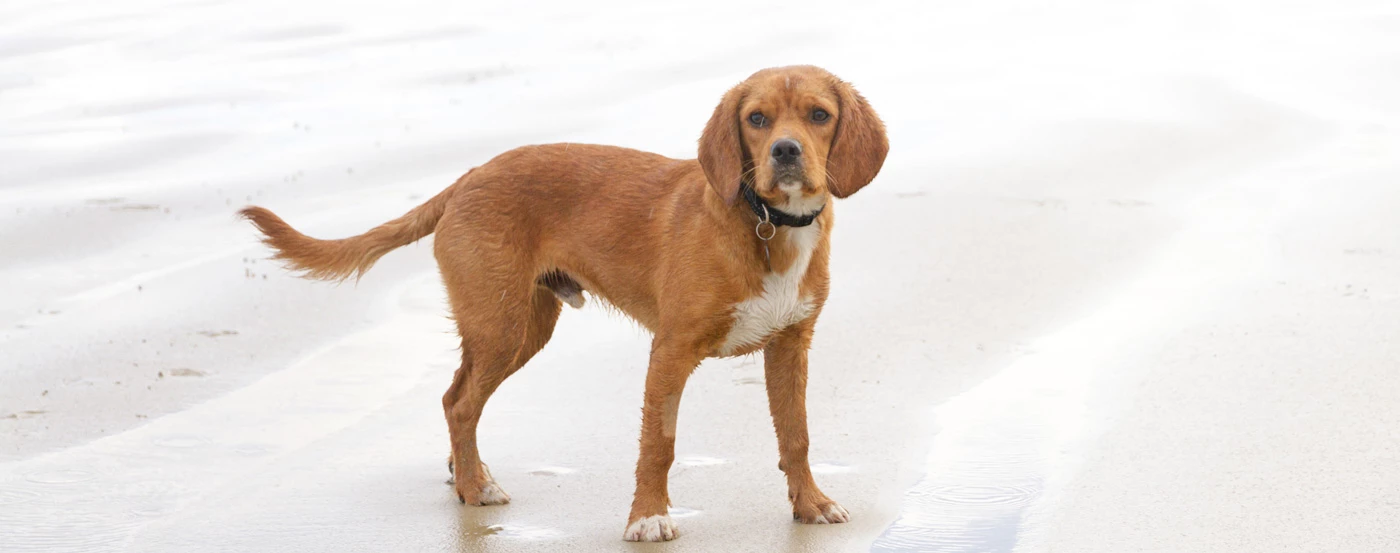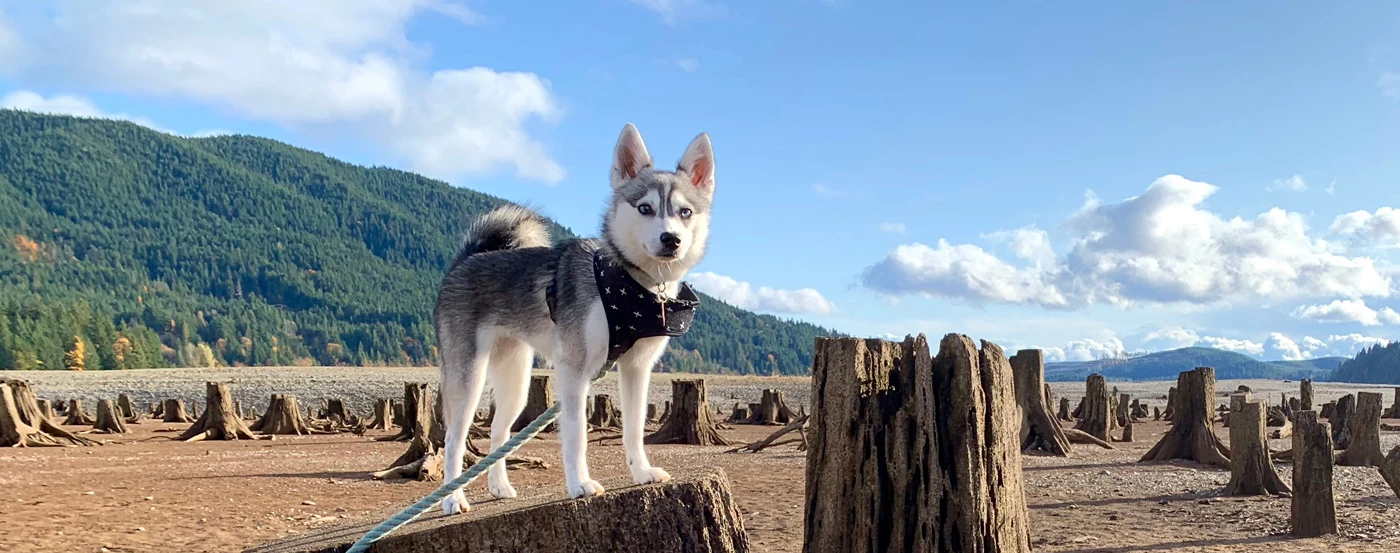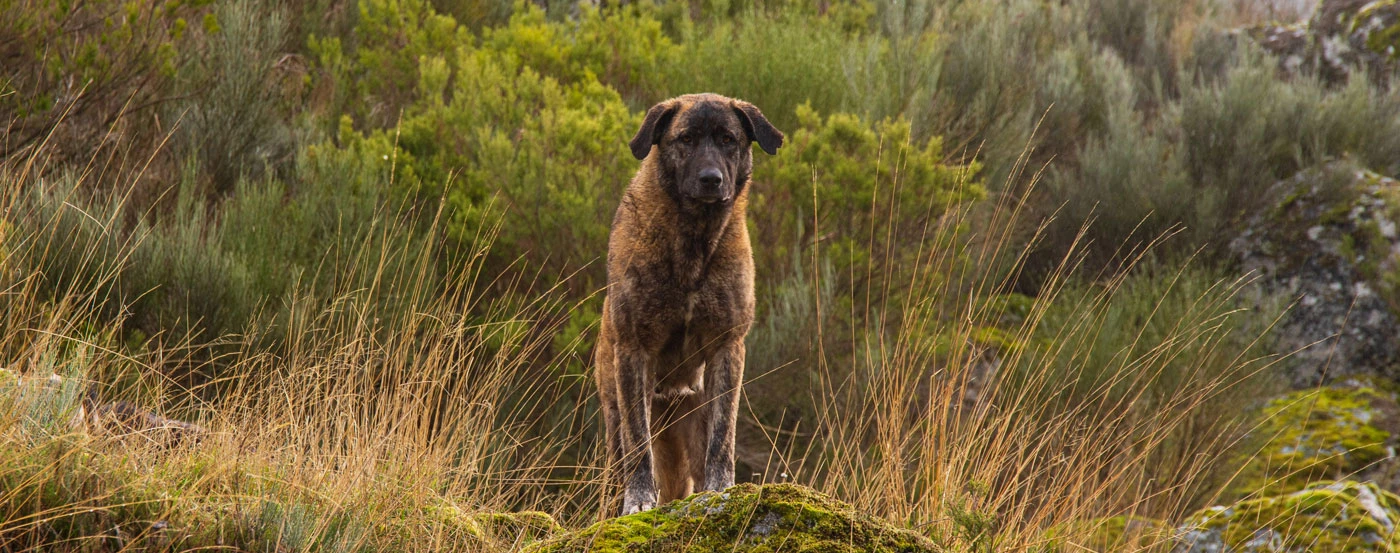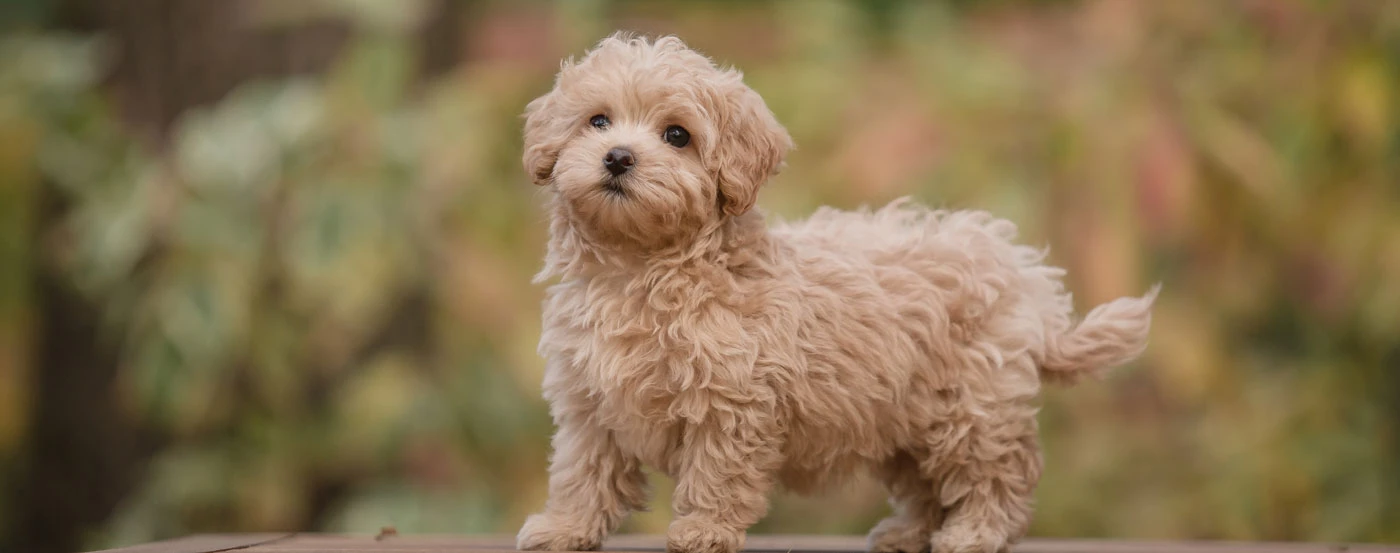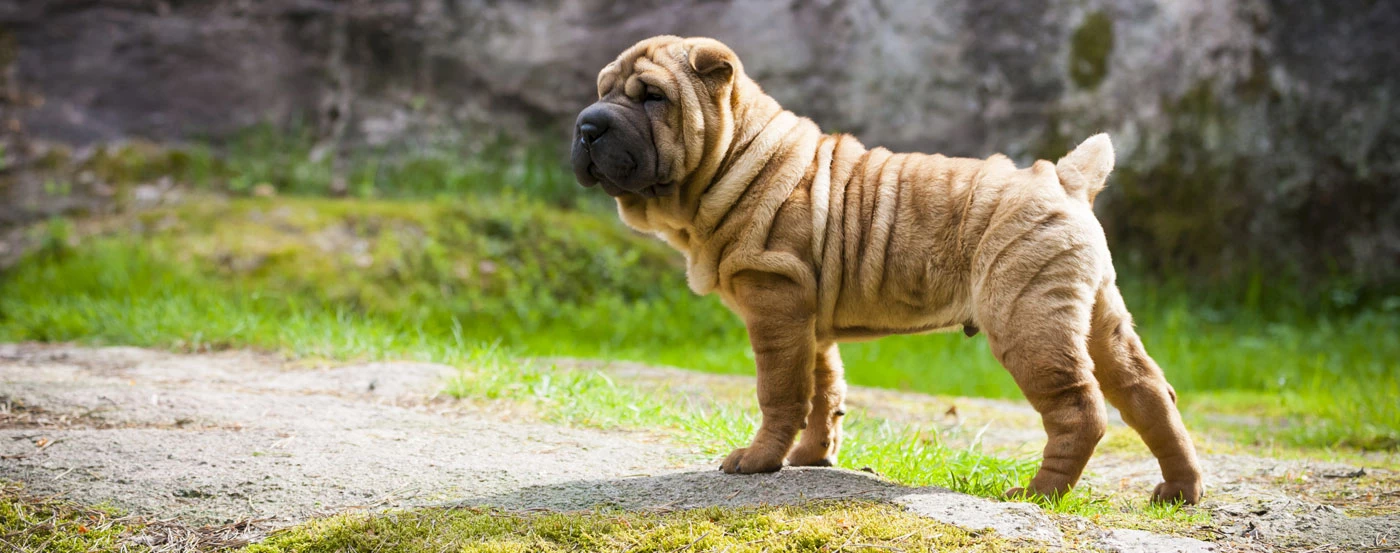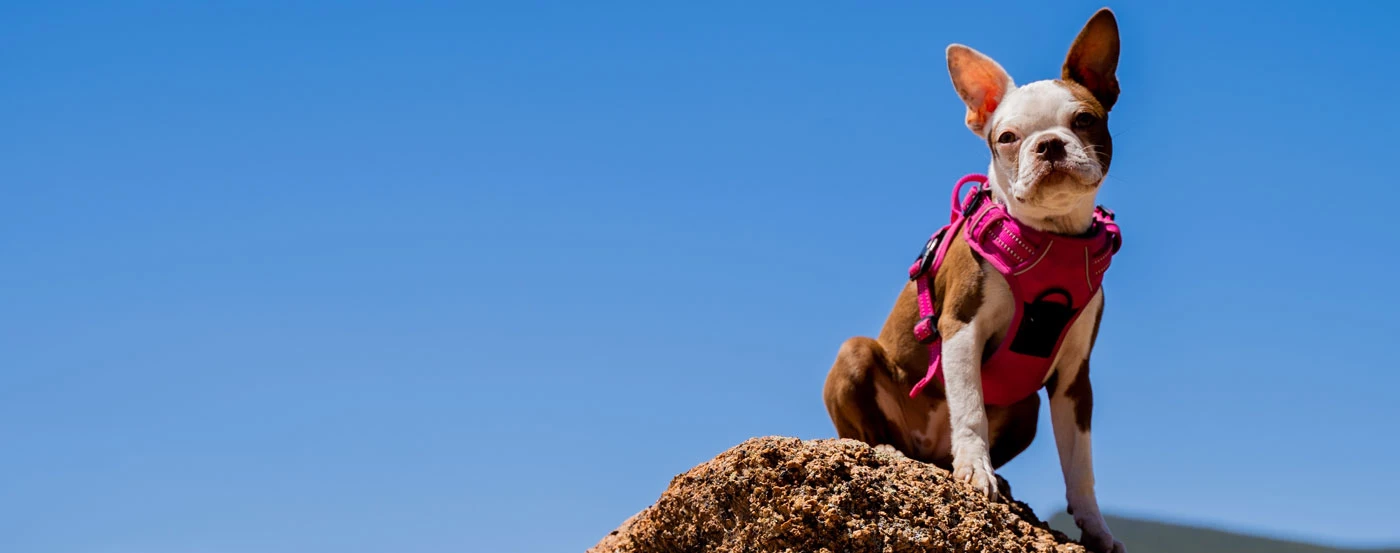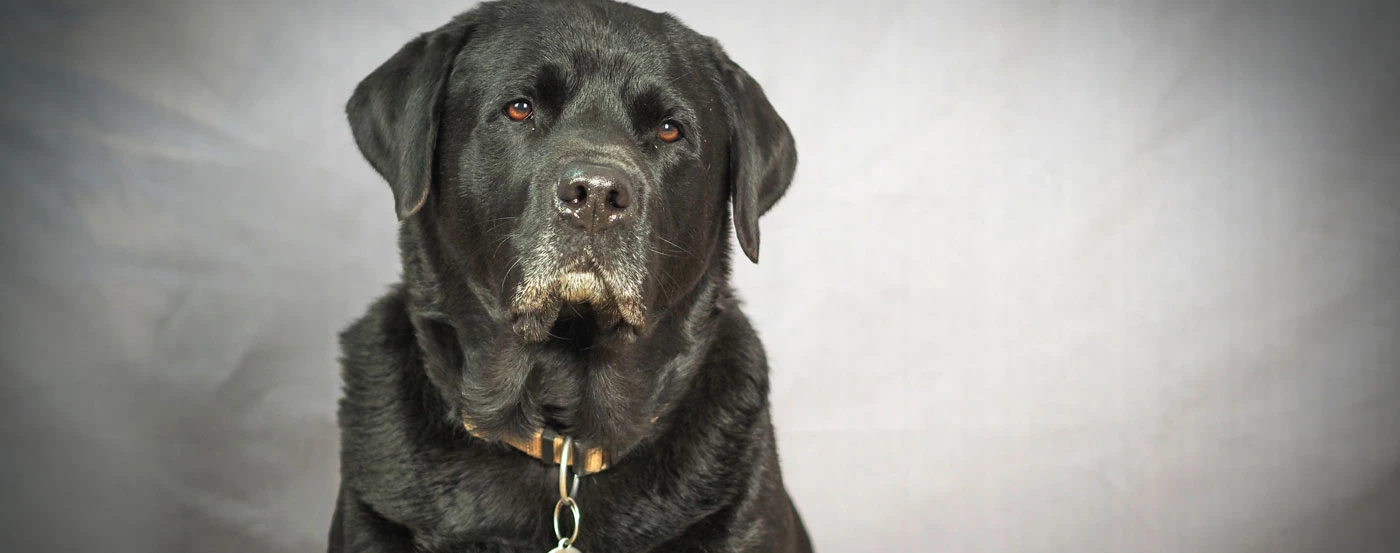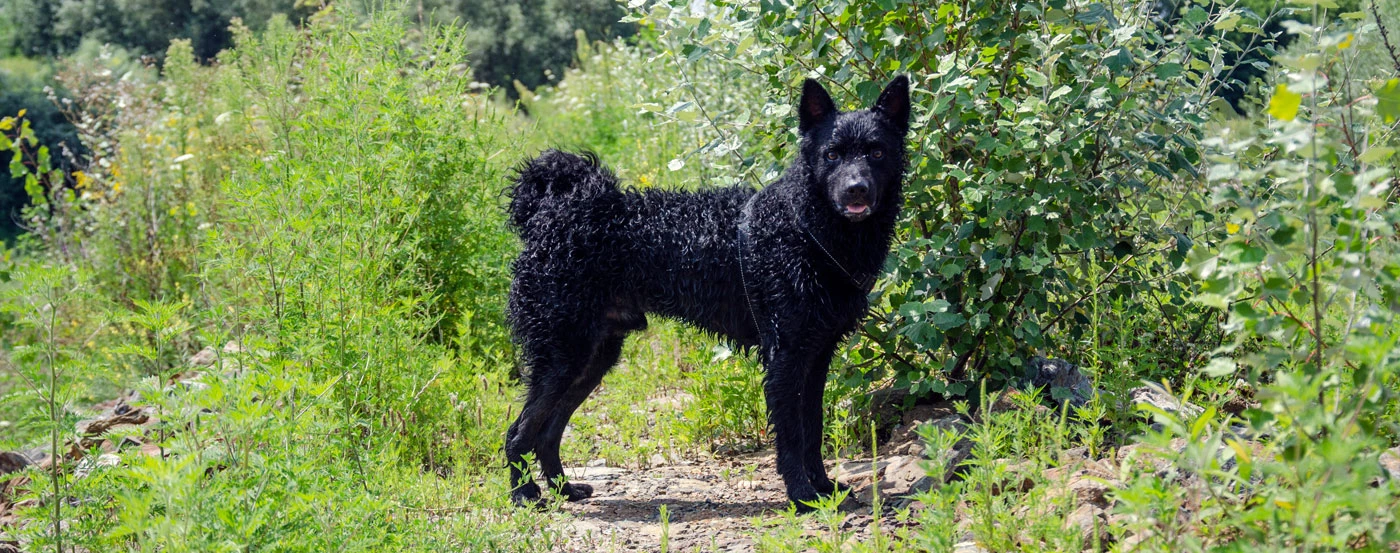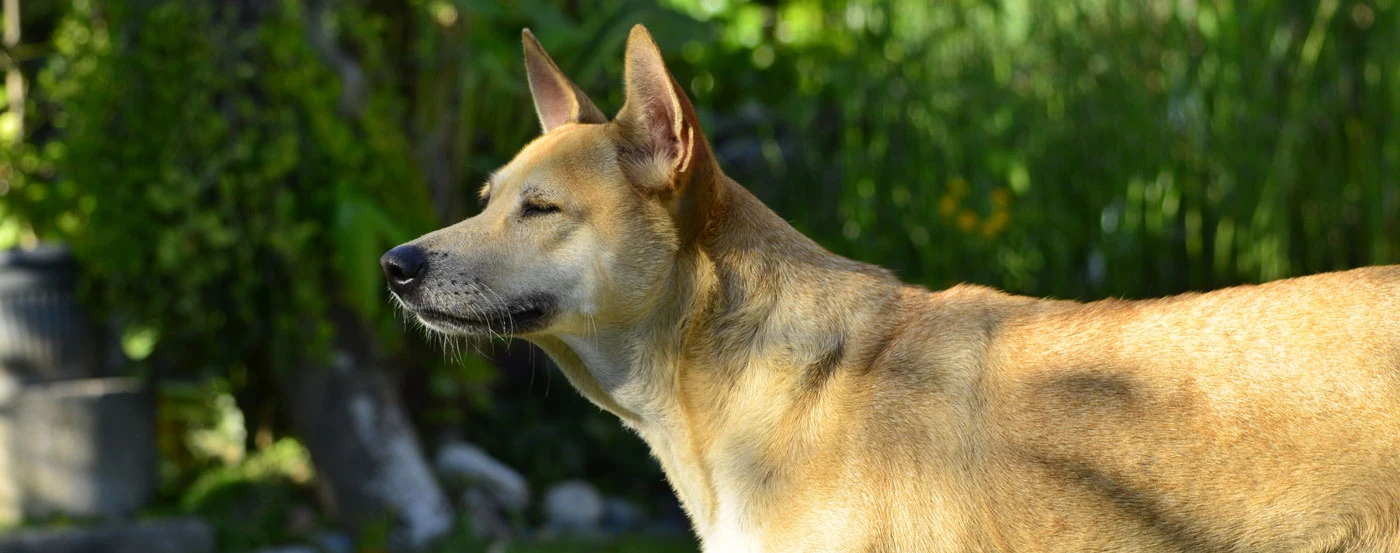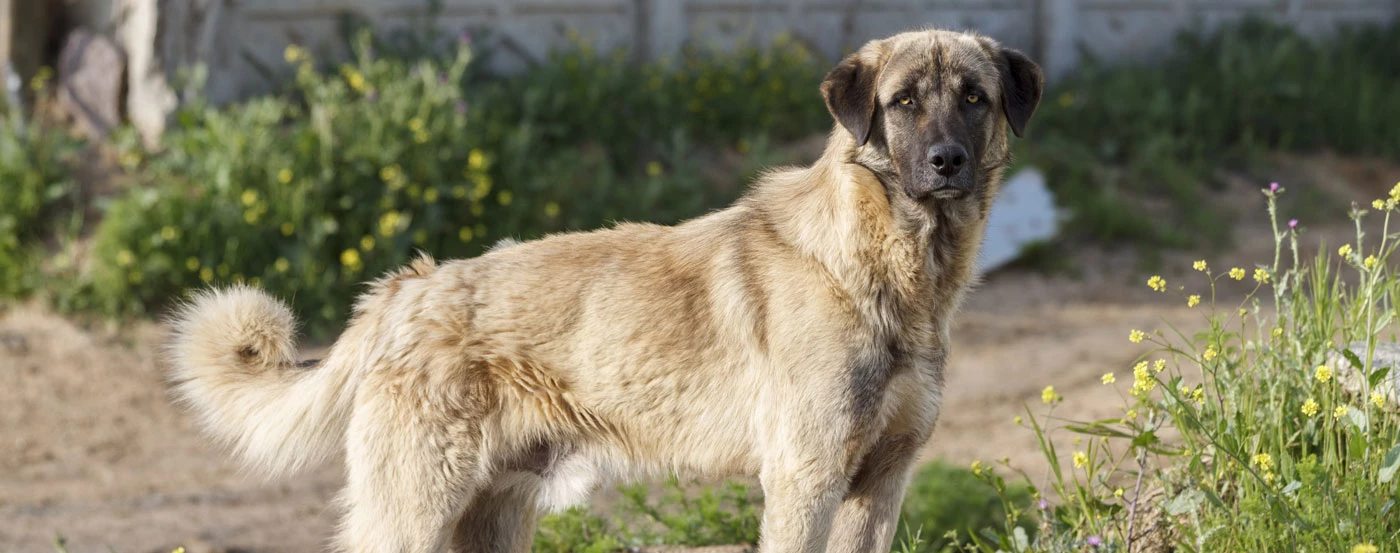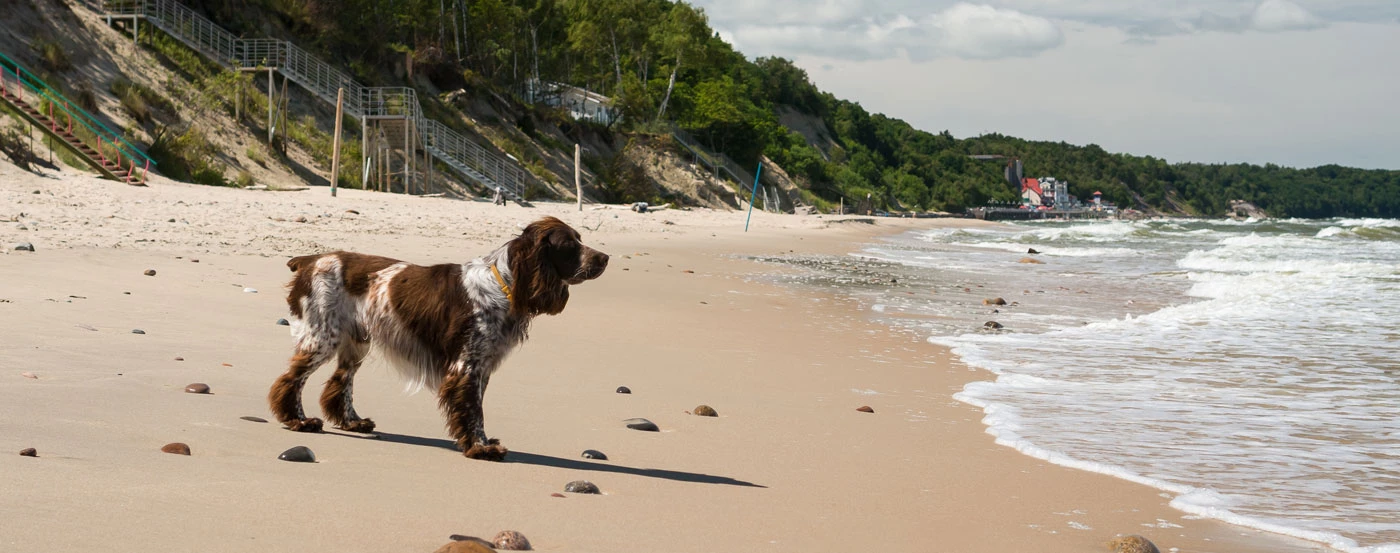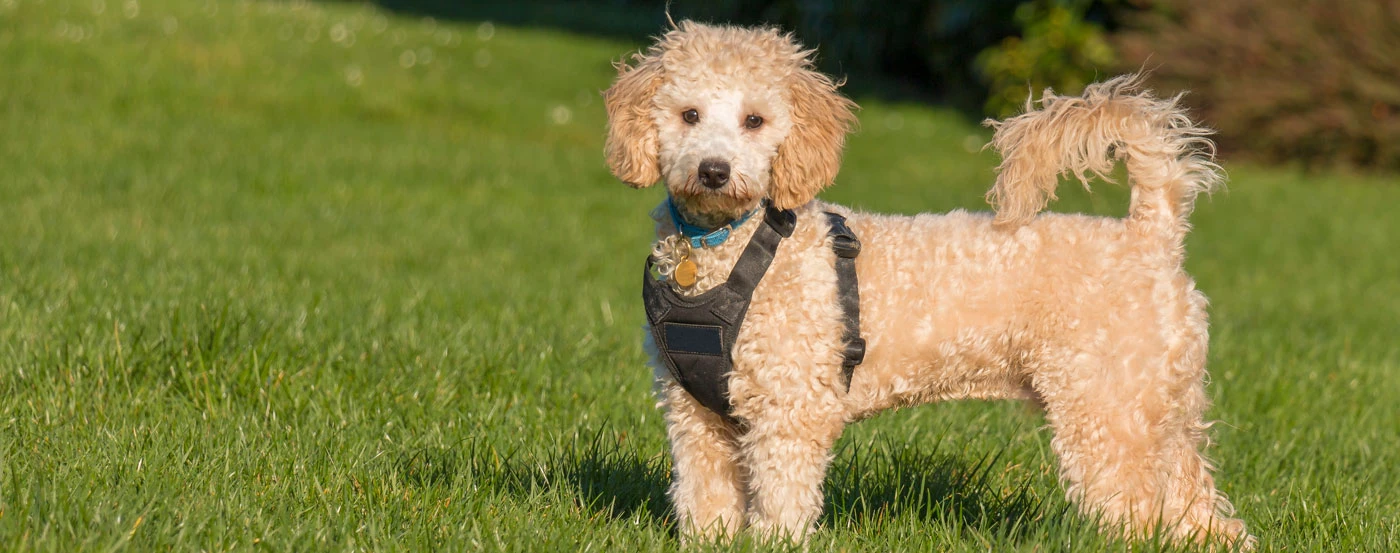About the Miniature Pinscher
At first glance, you might mistake the Miniature Pinscher for a Doberman. Don't worry, as it's a fairly common mistake.
Miniature Pinschers and Doberman Pinschers may trace their individual ancestries to some Pinscher breed, and that is where the commonalities end.
Miniature Pinscher dogs existed for centuries alongside humans as vermin hunters and became a recognised breed almost a hundred and fifty years before the Doberman.
In the 1950s, the first Miniature Pinschers travelled from England to Australia, where George Byron introduced the pair to Sydney, and the rest is history.
Miniature Pinscher Gallery
What is the history & origin of the Miniature Pinscher?
Miniature Pinschers, or Zwergpinscher, are likely a mix of the Standard German Pinscher, Italian Greyhound, as well as some Dachshund thrown in for good measure. Close cousins include the Affenpinscher and the Schnauzer breeds.
In German, the word pinscher describes this breed's habit of jumping on its prey and "pinching" or nipping it fiercely. The Min Pin is the dwarf or "zwerg" variety of this larger Pinscher Schnauzer group of working dogs.
Who are Miniature Pinscher dogs best for?
Miniature Pinschers are tiny dogs with enormous personalities designed to live indoors with their humans.
This dynamite dog is fantastic with children with early socialisation and consistent training. It's important that every member of your family agrees on what is acceptable behaviour or not in your new Min Pin puppies.
They're a stubborn breed and need structure, consistency, and fairness from their humans. The first few weeks and months of your Miniature Pinscher's new life will demand a lot of your energy, time, and focus.
You will be rewarded with a friendly, attentive, playful Min Pin that does not nip, bark excessively, or engage in destructive or resource-guarding behaviour.
Don't worry; your well-behaved Miniature Pinscher will still try to protect you from any and all threats, no matter the size.
How much grooming does a Miniature Pinscher need?
Min Pins are some of the easiest dog breeds to groom at home, as long as you get your puppy used to being handled early, frequently, and regularly.
You should brush your Miniature Pinscher's short, dense coat a few times a week. Grooming your pup is a great way to bond and get rid of loose hair! A bath is only needed if your little friend is dirty.
Visit a groomer and ask for guidance before the first grooming session and advice on how to clean your dog's ears, brush their teeth, and trim their nails correctly.
Even if brushing teeth is not as fun as chasing rodents, your bestie can learn to sit calmly through it.
Do Miniature Pinscher bark much?
Just like other dogs, Miniature Pinschers bark to communicate with you and express a range of needs and emotions. This small Pinscher may bark to alert you to threats in your immediate environment, for example.
Barking is in your Miniature Pinscher's watchdog DNA, so stopping it completely is not an option. You can, however, teach your Min Pin to bark only when appropriate.
While it's ideal to begin training in puppyhood, it's never too late to start training your dog.
Positive reinforcement and re-direction are tools of the trade when it comes to reducing excessive barking in your Miniature Pinscher. The trick is to reward the behaviour you want, not to punish your pup's mischief.
Be consistent and patient, especially with an older dog, and you won't be disappointed. The Miniature Pinscher is one of the smartest, most trainable breeds, and you'll find keen, willing Pinschers at dog shows and agility exhibitions.
Do Miniature Pinscher bite?
All puppies play-bite, but your Miniature Pinscher needs to learn early that it isn't acceptable behaviour, or they may continue nipping well into adulthood. It's essential that you address this problem early, especially if your dog will interact with small children or other dogs.
Any Miniature Pinscher can learn series of advanced commands in just a few weeks and transformed into the lively, alert house dog the original German breeders had in mind.
Training and socialisation are key, along with some durable chew toys. These purebred dogs are hard on toys, which could become expensive.
Make your own chew toys with just a few old cotton t-shirts, some tennis balls, and a pair of scissors. Your Miniature Pinscher will happily entertain themselves with this new toy, or you can play tug together and use playtime to bond with your furry friend.
What is the temperament & personality of a Miniature Pinscher?
Dubbed the "King of the Toys" - a moniker that other dogs may not agree with - the Miniature Pinscher is fearless, alert, and self-assured. Your best friend may no longer hunt small prey, but they make a great watchdog for your family.
And with training, your playful and even-tempered Miniature Pinscher will be a fun companion to your children.
What is the weight & size of a Miniature Pinscher?
Considering that the Miniature Pinscher originated to hunt rodents, your Min Pin's dimensions make sense. Your pup will grow between 25 and 30 cm tall and should weigh between 4 and 6 kg.
Pay attention to your Min Pin's food intake, as being overweight could affect the joints and your dog's mobility.
How much training does a Miniature Pinscher need?
Headstrong as they are, Min Pins enjoy obedience training and agility activities.
Even if you're not training for exhibitions, exercise in the form of a daily walk is essential to your Miniature Pinscher's well-being. A walk is an opportunity to get rid of excess energy, indulge this breed's characteristic curiosity, and socialise your best friend around other dogs and children.
It's a great way to practice obedience commands around plenty of distractions!
What are some of the most common health issues for a Miniature Pinscher?
The Miniature Pinscher breed is prone to alopecia, and this risk is higher in blue Min Pins.
The blue coat and any of the other colour variations of the Miniature Pinscher breed also experience the cold more keenly. Be sure to bundle up your little Min Pin and look out for bleeding and cracked ear skin when temperatures drop.
Other conditions that may affect this small breed are Patellar Luxation and Entropion. Patellar Luxation is a dislocation of the hip joint socket, while Entropion affects your dog's eyelid.
Both conditions may require surgery, and it's important that you consult an experienced veterinarian if you notice something wrong with your dog's gait or eyes.
What is the lifespan of a Miniature Pinscher?
Typical of many small breeds, the average lifespan of a Min Pin is between 14 and 16 years.
How much should you feed a Miniature Pinscher?
Your Min Pin won't need a lot of food; however, remember to provide a varied and nutritionally balanced diet.
You can maintain your dog's weight with any of the following diets as long as the main ingredient is meat:
commercial dry dog food
commercial wet dog food
commercial raw dog food
home-cooked dog food
home-made raw dog food
Before changing your Miniature Pinscher's diet, speak to your trusted veterinarian and an expert canine nutritionist. Min Pins are not fussy eaters, but you should introduce new foods slowly to avoid an upset stomach.
And be sure to keep your Miniature Pinscher away from the following as they may cause seizures and even death:
Avocados
Chocolate
Grapes
Macadamia nuts
Milk
Raisins
What is the price of a Miniature Pinscher in Australia?
Miniature Pinscher breeders may ask for a holding deposit once a litter has been born, and you can expect to pay between $1,500 and $6,000 per puppy.
An adult former show dog Min Pin may cost about $2,500.
Aside from registered breeders, you can also find your Miniature Pinscher friend through rescue groups, a breed club, or a shelter.
An adoption fee will be lower than the cost of a breeder's puppy, and you can use the money saved to prepare for your Min Pin's arrival.
Pros
- Alert watchdog
- Feisty and assertive
- Has an easy-care coat
Cons
- Stubborn
- Barking
- Not a lap dog
